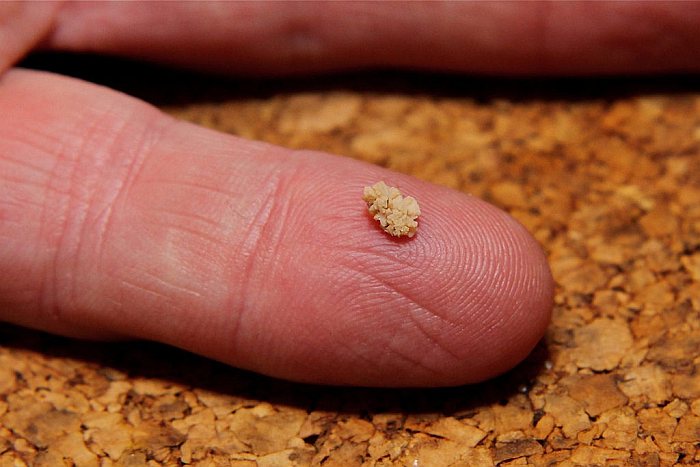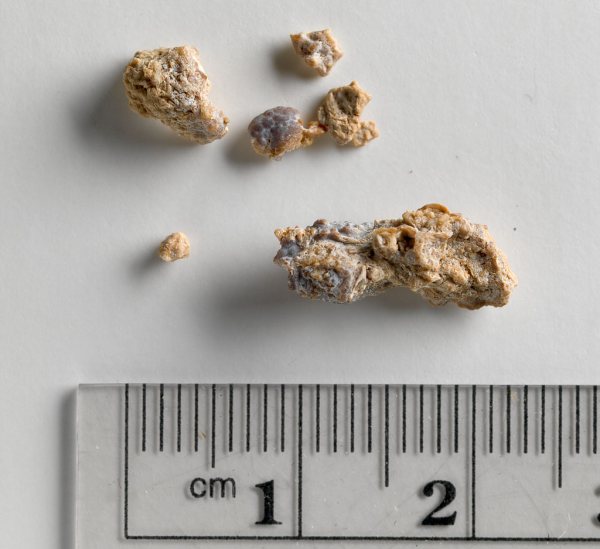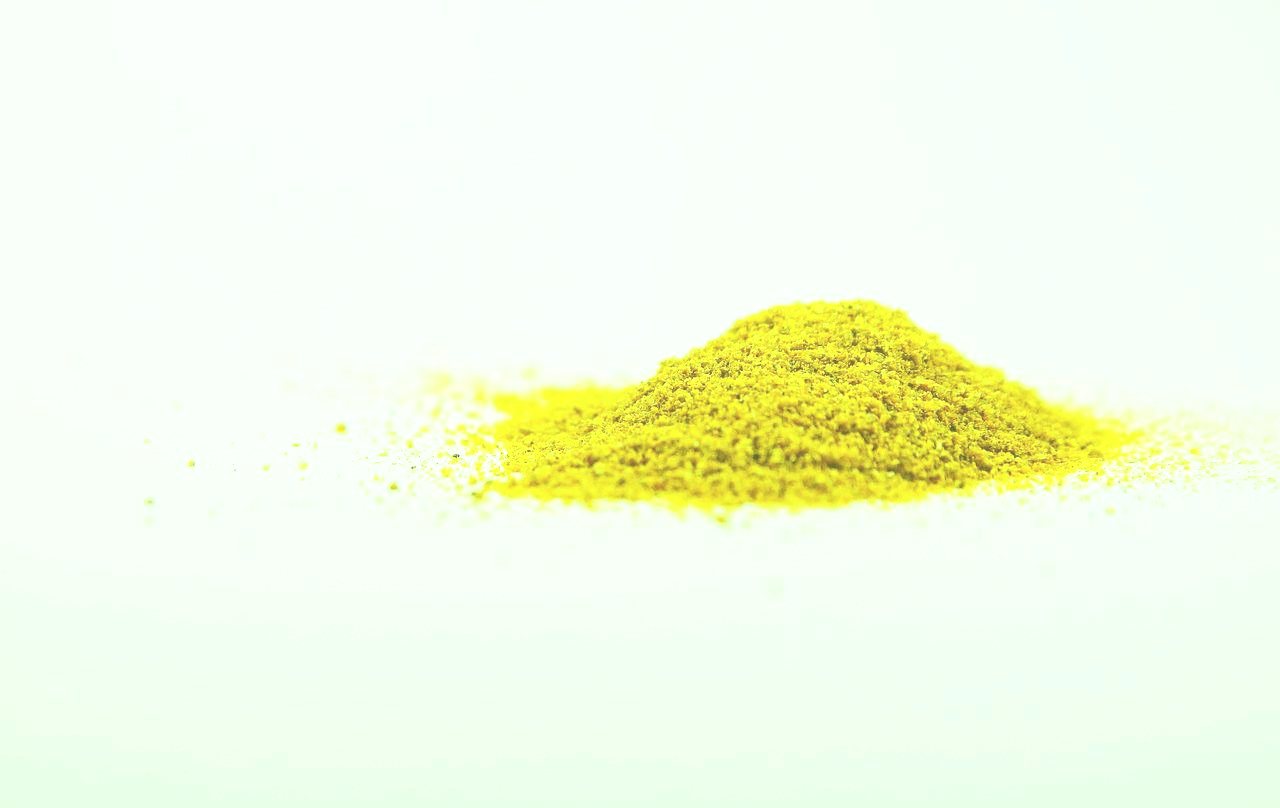Urine is formed after the kidneys filter waste from the blood. In other cases, minerals and salt in the urine accumulate to create kidney stones. The stones vary in their sizes, from the size of a sugar crystal to the size of a ping-pong ball, but these are hardly noticed unless they begin causing blockages. The result of their formation is intense pain, especially when they break loose and create pressure in the ureters.

Causes of Kidney Stones
Kidney stones may be caused as a result of the changes in the normal balance of salts, mineral, and water found in urine. Different changes lead to different kinds of kidney stones. A lot of factors can stimulate changes in urine, ranging from diet to chronic medical conditions.
Risk Factors
Drinking little amounts of water is one of the most common causes of the kidney stones. Apart from that, diet plays an essential role: eating plenty of sodium, protein, and high-oxalate foods such as the dark green veggies and chocolate can increase the risk for kidney stones.
Diagnosis
It is rare to diagnose kidney stones before they start causing pain. The pain that results from the effects of the stone is usually severe to an extent that a patient can be sent to the ER where different tests are carried out to uncover the stones. The high levels of minerals that are involved in creating the stones can be established through blood tests. More information about kidney stones diagnosis can be found at www.kidneystones.com.
Home Care
If the kidney stones are small, your physician may recommend some pain medicine for you so the stones can pass out on their own. The doctor may also recommend that you take plenty of water to keep the urine clear. This may be 8 to 10 glasses each day.
Treatment and Medical Procedures
Apart from the usual pain medicine, there are prescription drugs which can assist the body in passing a kidney stone. For instance, the alpha-blockers are used to relax the ureter walls, widening the passage to allow the stone to fit through with ease. The side effects of these drugs are mild and may include dizziness and headache.
 One common procedure for treating this condition is the extracorporeal shock wave lithotripsy. This method utilizes shock waves of high energy to break the stones into small pieces. That way, the pieces can pass through the urinary tract with ease. The side effects of this treatment procedure include bruising, bleeding, and pain once the treatment process is complete.
One common procedure for treating this condition is the extracorporeal shock wave lithotripsy. This method utilizes shock waves of high energy to break the stones into small pieces. That way, the pieces can pass through the urinary tract with ease. The side effects of this treatment procedure include bruising, bleeding, and pain once the treatment process is complete.
Once a stone has left the kidney and is near the bladder, the treatment procedure applicable in that case is utereroscopy. This procedure involves the passing of a thin tube through the urinary tract to a point where the stone is located. The stone is then broken and the fragments removed through the tube. With this procedure, there are no incisions, but for larger stones, surgery may be required.
With the right amount of care, most kidney stones will pass out. In cases where that is not possible, medications and procedures will help get rid of the larger stones. If you have suffered this condition before, it’s important to take good care of yourself to avoid a reoccurrence.



Leave a Reply